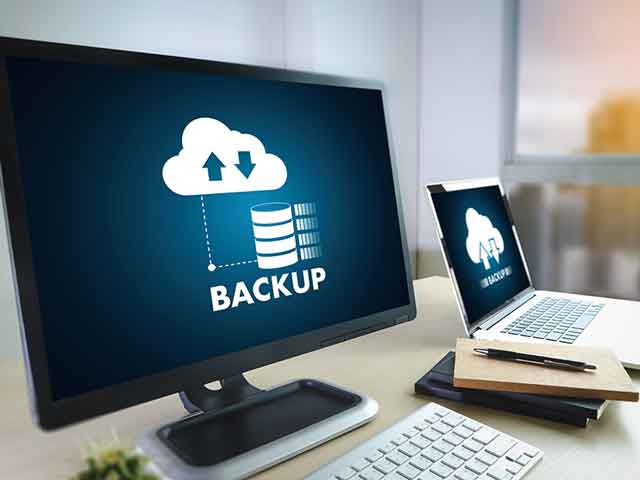
The Differences Between Business Continuity And Disaster Recovery
Originally posted on https://www.bestructured.com/the-differences-between-business-continuity-and-disaster-recovery/
Understanding the key distinctions between business continuity and disaster recovery is critical to protecting your day-to-day business operations from the unexpected. While many people use these terms interchangeably, they have some key differences. In this post, we’ll explore the distinctions and explain how prioritizing both is critical to your business’s success.
Understanding Disaster Recovery
Let’s start by explaining the core priorities of a disaster recovery platform, as that is the first thing to consider following a network outage. Disaster recovery covers all the systems and strategies your organization has in place to get your mission-critical network operations back up and running following an outage.
Whether that outage is caused by a natural disaster or a cyberattack, the core goal of any disaster recovery platform is to get essential network functions operational as quickly as possible. For example, a company that depends on voice over internet protocol (VoIP) for making sales calls would implement a disaster recovery platform that prioritizes restoring VoIP network operations following a disaster.
The Role of Business Continuity
While disaster recovery strategies prioritize restoring core network operations, a business continuity platform takes a bigger-picture approach by focusing on restoring standard functionality across your network. These functions often include less critical tools like printers and fax machines. Unlike a disaster recovery platform that prioritizes the essential, business continuity solutions focus on restoring the tools your business uses but doesn’t necessarily depend on for daily operations.
Timeline Differences
Because the focus of disaster recovery is on the essential while business continuity prioritizes a bigger-picture approach, recovery time objectives (RTOs) and recovery point objectives (RPOs) are different for each. RTOs and RPOs for disaster recovery systems are generally measured in minutes or hours. RTOs and RPOs for business continuity platforms, on the other hand, may be measured in days or weeks, depending on the severity of the outage.
Risk Management Assessment
Prioritizing business continuity and disaster recovery strategies is critical to your business’s ongoing success. Without a clear plan for how to respond to the unexpected, your team will be at a loss following a disaster, quickly resulting in lost revenue, missed opportunities, and data loss. When you have concrete strategies in place, and every member of your team understands his or her role, you can minimize the repercussions of a network outage, ensuring your network gets back up and running as soon as possible.
As you begin planning your business continuity and disaster recovery strategies, the best place to begin is by clarifying the systems your organization depends on most for day-to-day business. Start by creating a list of the systems each team relies on. From there, you can begin exploring how regularly they use these systems and which ones they will need most following an outage. If they’re using a software application day in and day out, make sure your disaster recovery platform accounts for that.
Los Angeles IT Support
Now that you understand the crucial differences between business continuity and disaster recovery, you may be looking for a little more help further refining your disaster preparedness strategies. If that’s the case, the experts at Be Structured are here to help. Our team takes the time to understand your organization’s workflows, potential threats, and network operations, so we can develop a customized recovery and continuity solution and restore critical business functions quicker than you thought possible.
